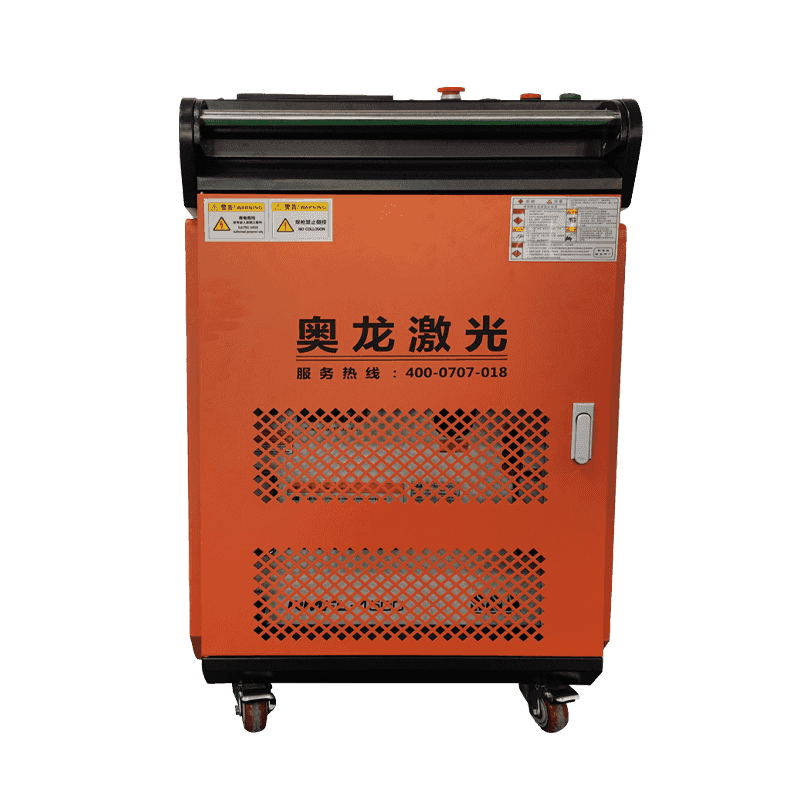NBC-315Y 220V/380V 300A IGBT Inverter Portable welder Built-in wire feeder 2T/4T MIG/MAG(GMAW)
Cat:Gas shielded welding machine
1、The machine adopts a phase-shifted full-bridge inverter main circuit...
See DetailsLaser welding technology has become a cornerstone in modern automobile manufacturing due to its precision, speed, and ability to produce high-strength, clean welds. As automakers strive for lightweight designs, improved fuel efficiency, and enhanced safety, laser welding machines play a critical role in meeting these demands. Below are the key applications of laser welding machines in the automotive industry:
1. Body-in-White (BIW) Assembly
One of the most significant applications of laser welding is in the Body-in-White (BIW) stage, where the car’s structural framework is assembled. Laser welding is used to join roof panels to side frames, pillars, and floor panels. It provides continuous, high-strength seams that enhance structural rigidity and reduce the need for additional reinforcements. Compared to traditional spot welding, laser welding offers smoother surfaces, improved aesthetics, and better resistance to fatigue and corrosion.
2. Tailored Blank Welding
Automakers use laser welding to produce tailored blanks—sheets of metal with varying thicknesses, strengths, or coatings welded together before stamping. These blanks allow manufacturers to place stronger or thicker materials only where needed (e.g., in crash zones), reducing overall vehicle weight while maintaining safety. Laser welding ensures precise, narrow welds with minimal distortion, making it ideal for this application.
3. Powertrain Components
Laser welding is extensively used in manufacturing engine and transmission components. Parts such as gears, shafts, valve bodies, and turbochargers require high precision and durability. Laser welding enables deep, narrow welds with minimal heat input, preserving the mechanical properties of heat-sensitive components. It also allows for hermetic sealing in transmission assemblies, ensuring reliability and longevity.
4. Battery Pack Assembly for Electric Vehicles (EVs)
With the rise of electric vehicles, laser welding has become essential in battery manufacturing. It is used to weld busbars, cell tabs, and housing components in lithium-ion battery packs. The process ensures low resistance, high conductivity, and strong mechanical bonds. Fiber laser welding, in particular, is favored for its ability to precisely weld thin copper and aluminum materials without damaging surrounding components.
5. Lightweight Material Joining
Modern vehicles increasingly use lightweight materials such as high-strength steel, aluminum, and magnesium alloys to improve fuel efficiency. Laser welding is highly effective in joining these materials, especially dissimilar metals, which are difficult to weld using conventional methods. Its precision and controlled heat input minimize warping and maintain material integrity.
6. Safety-Critical Components
Components such as airbag housings, seat frames, and steering column parts require high weld integrity. Laser welding provides consistent, defect-free joints that meet strict automotive safety standards. The process is often integrated into automated production lines for maximum repeatability and quality control.
7. Exhaust Systems and Fuel Tanks
Laser welding is used to fabricate exhaust systems and fuel tanks, where leak-proof, corrosion-resistant welds are essential. The continuous welds produced by laser systems ensure long-term durability and compliance with emission regulations.
8. Interior and Trim Components
Even non-structural interior parts, such as console brackets and sensor housings, benefit from laser welding’s precision and clean finish. It allows for miniaturization and integration of complex components without compromising strength.
9. Automation and High-Volume Production
Laser welding systems are easily integrated with robotics and automated production lines, enabling high-speed, consistent welding in mass production environments. This scalability makes laser welding ideal for large automotive manufacturers aiming to boost efficiency and reduce labor costs.
10. Improved Aesthetics and Reduced Post-Processing
Laser welding produces clean, narrow seams that often require no grinding or finishing, reducing post-weld processing time and costs. This is especially important for visible areas like roofs and door frames, where appearance matters.
Laser welding machines are indispensable in modern automobile manufacturing. They support innovation in design, improve vehicle performance and safety, and enable the transition to electric and lightweight vehicles. As technology advances, laser welding will continue to evolve, offering even greater precision, flexibility, and integration in smart manufacturing systems.

Contact Us